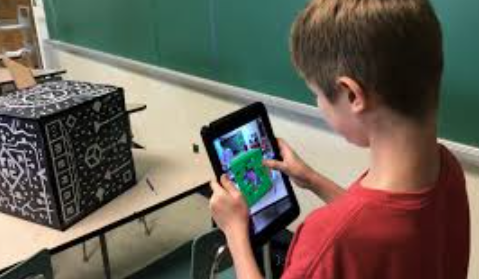Self-paced learning gives students the flexibility to progress through lessons based on their individual needs, abilities, and interests. This approach fosters autonomy, reduces stress, and allows learners to spend more time on challenging topics while moving quickly through material they’ve already mastered. Online tools make self-paced learning more accessible and effective by providing structure, feedback, and personalization. Here are some top tools that support students in learning at their own pace.
1. Khan Academy
Khan Academy offers mastery-based learning in subjects like math, science, and humanities. Students can access video lessons, practice exercises, and progress dashboards, enabling them to revisit topics as needed and track their development over time.
2. Coursera
Coursera provides access to university-level courses across a wide range of topics. Learners can watch lectures, complete assignments, and earn certificates—all on a flexible schedule that suits their pace and availability.
3. Edmodo
Edmodo allows educators to post assignments, resources, and discussion threads that students can engage with independently. Its collaborative environment and personalized feedback help support student-driven learning.
4. IXL
IXL provides targeted practice in math, language arts, science, and social studies. Its adaptive technology adjusts the difficulty based on performance, allowing students to learn and master skills at a comfortable pace.
5. Duolingo
Duolingo helps students learn languages through bite-sized lessons that adapt to their skill level. Its gamified design and regular streak tracking make language learning both fun and self-directed.
6. Google Classroom
Google Classroom supports self-paced learning by allowing students to access lessons, assignments, and resources at their convenience. Teachers can provide feedback and adjust deadlines to accommodate individual progress.
7. Study.com
Study.com offers short, engaging video lessons and quizzes in various subjects. Students can learn independently and test their understanding with self-assessments, making it ideal for review and enrichment.
8. Notion
Notion is a customizable workspace where students can organize their goals, track their tasks, and plan their study schedule. It supports note-taking, calendar views, and progress logs that make independent learning more organized.
9. BrainPOP
BrainPOP features animated educational content across subjects. With interactive quizzes, games, and reflection prompts, it’s suitable for elementary and middle school students looking to explore topics on their own terms.
10. Flip (formerly Flipgrid)
Flip enables students to record video reflections and project responses at their own pace. It supports creative expression and provides opportunities for deeper thinking outside the constraints of live class discussions.
Conclusion
Self-paced learning promotes responsibility, confidence, and a deeper connection to knowledge. With the right tools, students can set their own goals, manage their time, and take charge of their academic journey. These platforms empower learners to explore, practice, and master skills in a way that fits their personal learning style and schedule.


